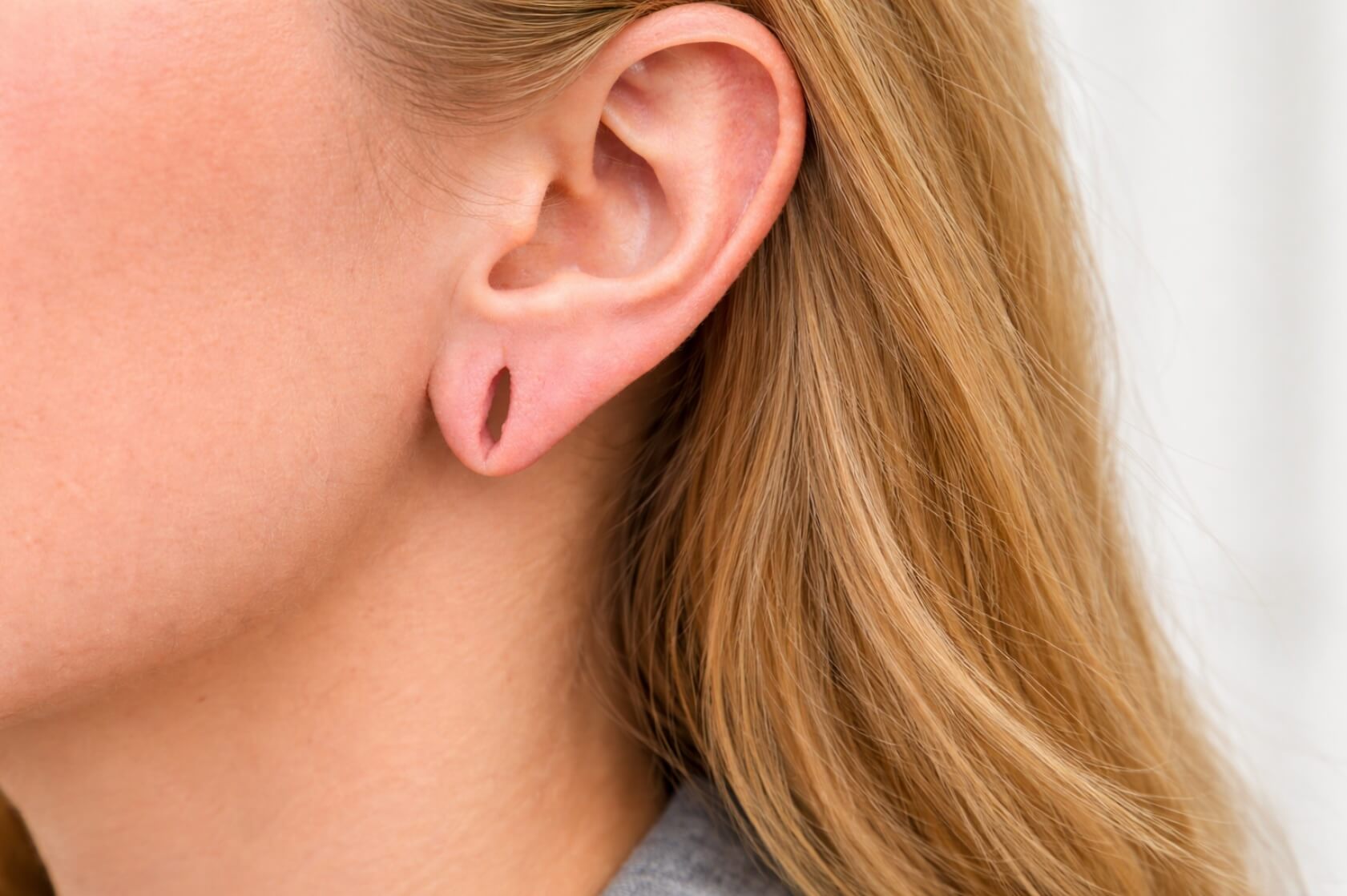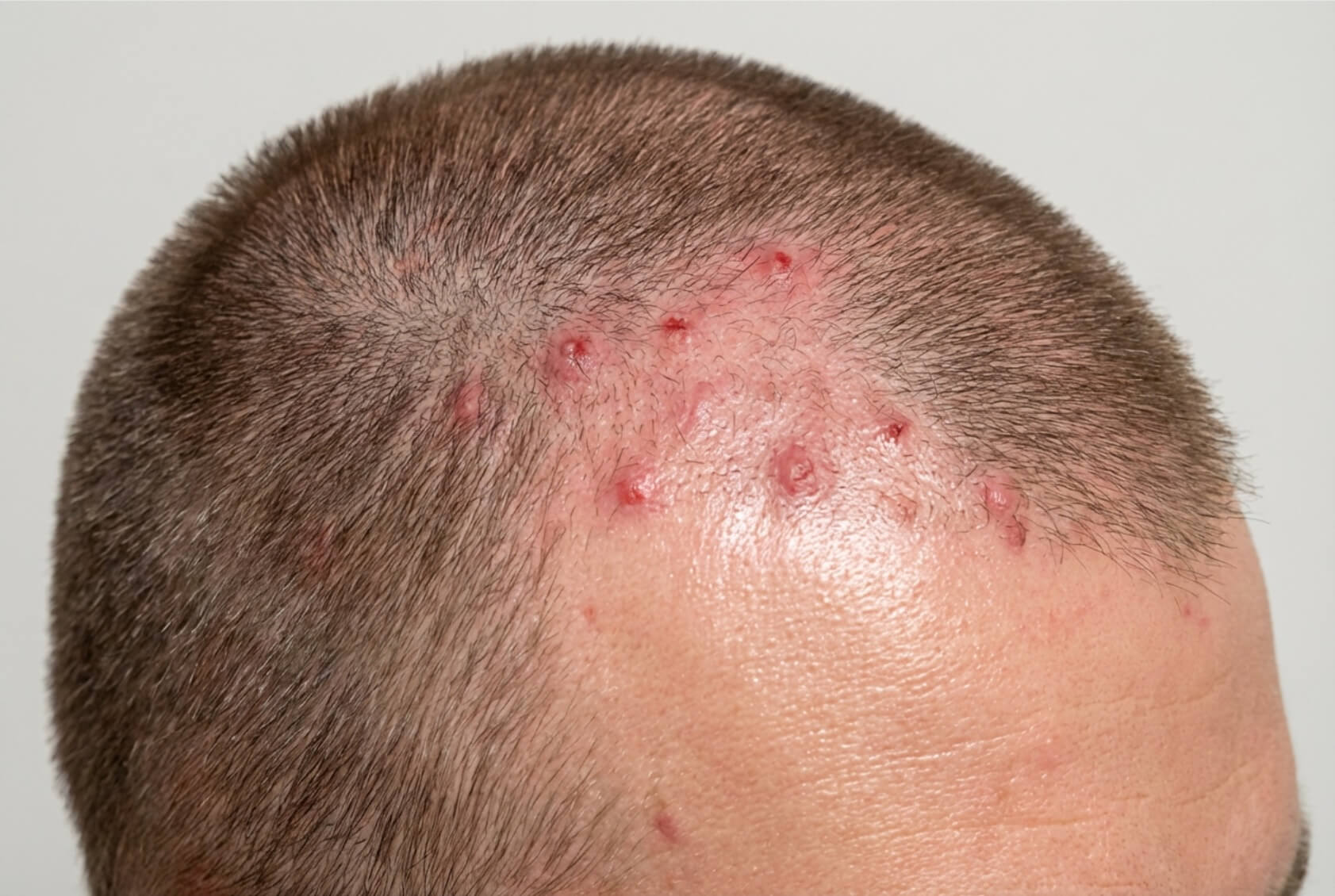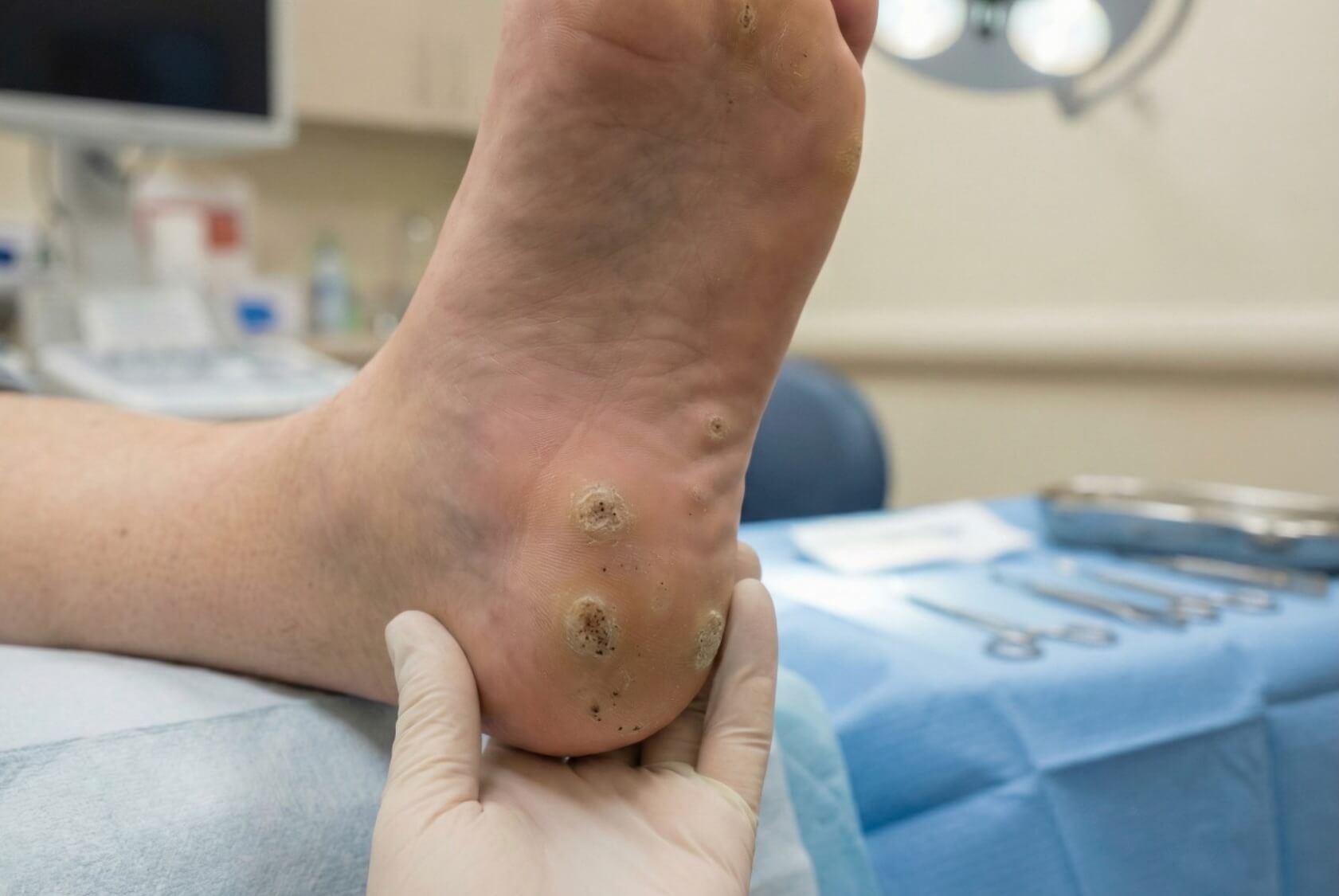Look for persistent scalp itching, burning, tenderness, and patchy hair loss with shiny, smooth skin. Unlike temporary hair loss, scarring alopecia destroys follicles permanently. Early treatment is crucial to prevent irreversible damage.
- Dr Suhail Alam
- Reading Time: 10 Mins
Scarring alopecia causes permanent hair loss through follicle inflammation and destruction. Unlike reversible forms of hair loss, once scarring occurs, damage is irreversible. Recognising early warning signs is crucial. This guide explores symptoms, causes, and Aventus Clinic’s treatment options to protect your hair follicles before permanent damage occurs.
Key Takeaways
- Scarring alopecia permanently destroys hair follicles through inflammation, making early detection critical for treatment success.
- Warning signs include scalp burning, itching, tenderness, and patchy hair loss with smooth, shiny areas where follicles have been replaced by scar tissue.
- Once scarring occurs, hair loss is irreversible, so consult a specialist immediately if you notice symptoms to preserve remaining follicles.
Table of Contents
What is Scarring Alopecia?
Scarring alopecia, also called cicatricial alopecia, refers to a group of hair loss disorders where inflammation destroys hair follicles and replaces them with scar tissue. This permanent damage ends the hair growth cycle forever.
Unlike male pattern baldness or female pattern baldness, which involve hair follicle shrinkage but not destruction, scarring alopecia completely eliminates the follicle’s ability to produce hair.
Common types include lichen planopilaris, frontal fibrosing alopecia, and discoid lupus erythematosus. Each has slightly different patterns, but all share the same destructive inflammatory process.
What makes scarring alopecia particularly concerning is its irreversible nature. Once a hair follicle is replaced by scar tissue, it cannot regrow hair, making early detection crucial for effective treatment.
Early Warning Signs to Watch For
Initial symptoms often appear before visible balding occurs, and catching these warning signs promptly can make the difference between treatment success and irreversible damage.

Scalp Symptoms
The earliest signs of scarring alopecia often involve uncomfortable sensations in the scalp rather than visible hair loss.
Many patients report intense itching that persists even without visible scalp abnormalities. This itching can be an early inflammatory response that precedes visible damage.
Burning or stinging sensations are another common early warning sign. A study found that scalp tenderness and burning frequently occur as early symptoms of scarring alopecia.
Scalp tenderness or pain, particularly when moving your hair, can indicate ongoing inflammation of the hair follicles. These sensations might be mild at first but tend to worsen over time.
Visual Changes
As scarring alopecia progresses, visible changes to the scalp and hair become more apparent.
| Visual Sign | What It Looks Like | When to Be Concerned |
|---|---|---|
| Patchy Hair Loss | Round or irregular bald spots | When multiple patches appear or existing patches enlarge |
| Redness | Pink or red circles around hair follicles | When accompanied by scalp discomfort |
| Shiny Scalp | Smooth, reflective areas lacking hair follicles | When these areas expand or feel different from the surrounding scalp |
| Scaling | White or yellowish flakes around hair follicles | When persistent despite using anti-dandruff products |
Pattern and Progression
Scarring alopecia typically follows a pattern of active inflammation followed by permanent hair loss.
Initially, you might notice one or two small patches of hair thinning or loss, often accompanied by the scalp symptoms mentioned above. These patches may expand gradually or remain stable for periods before suddenly worsening.
Unlike pattern hair loss, which typically follows predictable areas (crown, temples), scarring alopecia can affect any part of the scalp and often appears asymmetrically.
The condition can progress in flares, with periods of rapid worsening followed by relative stability. Each flare can destroy more follicles, making it crucial to get treatment during early stages.
Why Early Diagnosis is Essential
The permanent nature of scarring alopecia makes early diagnosis absolutely critical. Once hair follicles are replaced with scar tissue, no treatment can restore them.

Research found that subtle perifollicular inflammation and early fibrosis can be detected through biopsy before irreversible damage occurs, making regular scalp examinations vital for at-risk individuals.
Don’t wait until hair loss becomes obvious. If you experience any unusual scalp symptoms, consulting with a hair loss specialist promptly could save your hair.
When to Visit a Hair Specialist
You should consider booking an appointment with a hair specialist if you experience:
- Persistent scalp burning, itching, or pain lasting more than two weeks
- Unusual patches of hair loss that don’t follow typical patterns
- Areas of scalp that appear shiny, reddened, or lack visible hair follicles
- Any concerning scalp symptoms that don’t improve with regular hair care
- Family history of autoimmune disorders (which can increase risk of certain scarring alopecias)
Studies indicate that the presence of cylindrical peripilar casts around hair shafts can be an early, non-invasive indicator of scarring alopecia, especially when supported by dermoscopy from a specialist.
If you’re experiencing any combination of these symptoms, particularly if they’re worsening or persistent, it’s best not to wait. Hair loss conditions respond best to early intervention.
Treatment Approaches for Scarring Alopecia
It’s important to understand that the primary goal of treatment is to stop further hair loss rather than regrow already lost hair. Once a follicle is scarred, that hair cannot return.
At Aventus Clinic, we offer several treatment approaches:
- Topical anti-inflammatory medications, including corticosteroid solutions and creams, can reduce active inflammation and help preserve remaining follicles.
- Oral medications may be prescribed in more severe cases. These might include anti-inflammatory antibiotics like doxycycline, oral corticosteroids, or immunosuppressive medications depending on the specific type of scarring alopecia.
- Steroid injections directly into affected areas can quickly reduce inflammation in active, expanding patches.
We also focus on managing uncomfortable symptoms like itching and burning, which can significantly improve your quality of life while the underlying condition is treated.
Regular follow-up appointments are essential to monitor your response to treatment and adjust your plan as needed. Some types of scarring alopecia require ongoing maintenance therapy to prevent flares.
Conclusion
Recognising the early signs of scarring alopecia can make the difference between preserving your hair and permanent hair loss. If you’ve noticed any of the warning signs discussed in this article, don’t wait to seek professional help.
At Aventus Clinic, we specialise in diagnosing and treating all forms of hair loss, including scarring alopecia. Our experts will provide the comprehensive care you need to protect your remaining hair and manage your symptoms effectively.
Book your free online assessment today to take the first step toward preserving your hair and scalp health.
Frequently Asked Questions
Can scarring alopecia be reversed?
Once scarring has occurred, the hair follicles cannot be restored. However, early treatment can stop the inflammatory process and prevent further hair loss. This is why recognising early signs is so important.
What causes scarring alopecia to develop?
The exact cause varies by type. Many forms are believed to be autoimmune conditions where the body’s immune system mistakenly attacks hair follicles. Genetics, hormones, and environmental factors may all play a role.
How is scarring alopecia definitively diagnosed?
While clinical examination and dermoscopy provide important clues, a scalp biopsy is usually required for definitive diagnosis. This involves taking a small sample of scalp tissue to examine under a microscope.
Is scarring alopecia more common in certain groups?
Some types of scarring alopecia show preferences for certain demographics. For example, central centrifugal cicatricial alopecia is more common in women of African descent, while frontal fibrosing alopecia primarily affects postmenopausal women.
Can scarring alopecia affect other body hair?
Yes, some forms of scarring alopecia can affect hair in other areas. Frontal fibrosing alopecia, for instance, often causes eyebrow loss before or alongside scalp hair loss.









 WHATSAPP
WHATSAPP